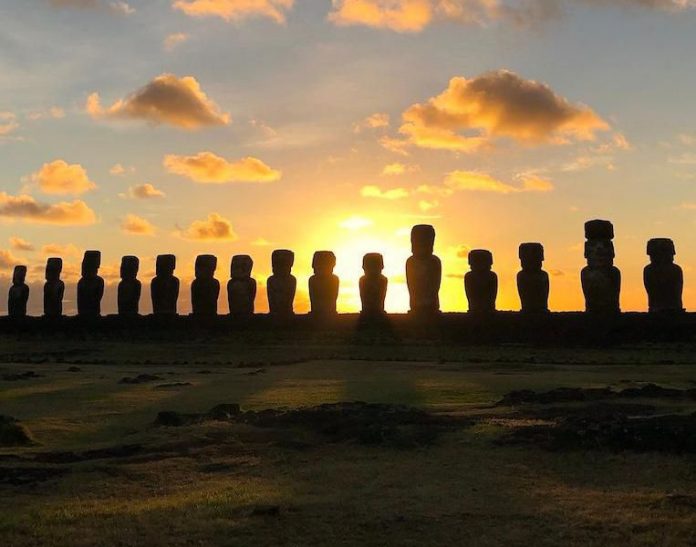A detailed analysis of the population history of the Pacific region is revealed in this week’s Nature. The genomic study sheds light on human evolution, mixing between species of hominins, and the adaptations that occur in response to living in island environments.
The Pacific region can be divided into Near Oceania, which includes Papua New Guinea, the Bismarck archipelago and the Solomon Islands, and Remote Oceania, which includes Micronesia, Santa Cruz, Vanuatu, New Caledonia, Fiji and Polynesia. After humans migrated out of Africa, they settled in Near Oceania around 45,000 years ago. Remote Oceania was populated much later, around 3,200 years ago, which involved people journeying from what is now Taiwan.
To further explore this history, Lluis Quintana-Murci, Étienne Patin and colleagues analysed the genomes of 317 present-day individuals from 20 populations spread across the Pacific region. Their finds reveal that the gene pool of the ancestors of Near Oceanian individuals was reduced before they settled in the region, and that the populations then diverged around 20,000 to 40,000 years ago. Much later, after Indigenous peoples from what is now Taiwan arrived, there were recurrent episodes of admixture with the Near Oceanian populations.
Individuals from Pacific populations also bear DNA from both Neanderthals and Denisovans. The Denisovan DNA was acquired across multiple bouts of admixture, indicating that mixing between modern humans and archaic hominins was a common phenomenon in the Asia-Pacific region. The Neanderthal genes are associated with functions related to the immune system, neural development, metabolism and skin pigmentation, whereas the Denisovan DNA is mainly implicated in immune functioning. As such, it could have provided a reservoir of genes that helped the original settlers to combat local pathogens, helping them to adapt to their new island homes.








